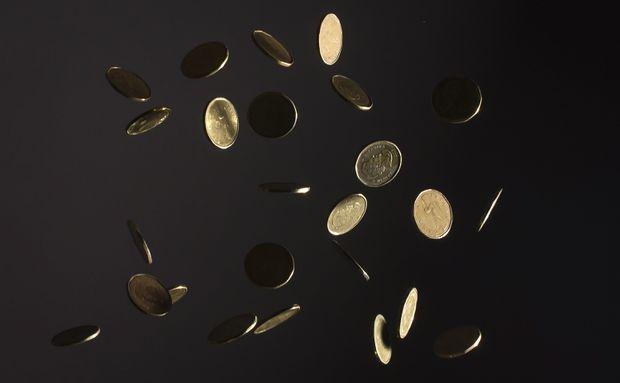Quebec will pay $9.5 billion in debt interest this year, equivalent to all the income tax paid by 1.5 million Quebecers, says think tank MEI.
In other words, almost 85 percent of all the people in Montreal will pay all their income tax to just cover the debt interest.





